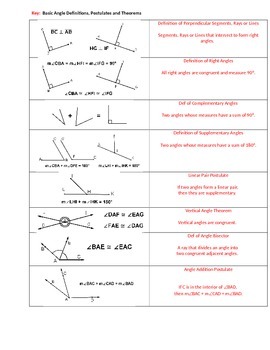
Postulate: Postulate is defined as “a statement accepted as true as the basis for argument or inference.” Visualization of Pythagorean theorem What is the difference between Postulate and Theorem? Definition: A postulate may become obviously incorrect after a new discovery. However, some postulates – such as Einstein’s postulate that the universe is homogenous – are not always correct. They should have the ability to be used independently.They should be consistent when combined with other postulates.Postulates should be easy to understand – they should not have a lot of words that are difficult to understand.Given below are some basic characteristics that all postulates have: A theorem can be derived from one or more postulates. Postulates are the basis from which theorems and lemmas are created. For example, the statement that two points make a line is a postulate.

Postulates do not have to be proven since they are visibly correct. Postulate is defined by the Oxford dictionary as “thing suggested or assumed as true as the basis for reasoning, discussion, or belief” and by the American Heritage dictionary as “something assumed without proof as being self-evident or generally accepted, especially when used as a basis for an argument”.

What is a Postulate?Ī postulate is a statement that is assumed to be true without any proof.

This is the key difference between postulate and theorem. A theorem is a statement that can be proven true. A postulate is a statement that is assumed to be true, without proof. Postulates and theorems are two common terms that are often used in mathematics.


 0 kommentar(er)
0 kommentar(er)
